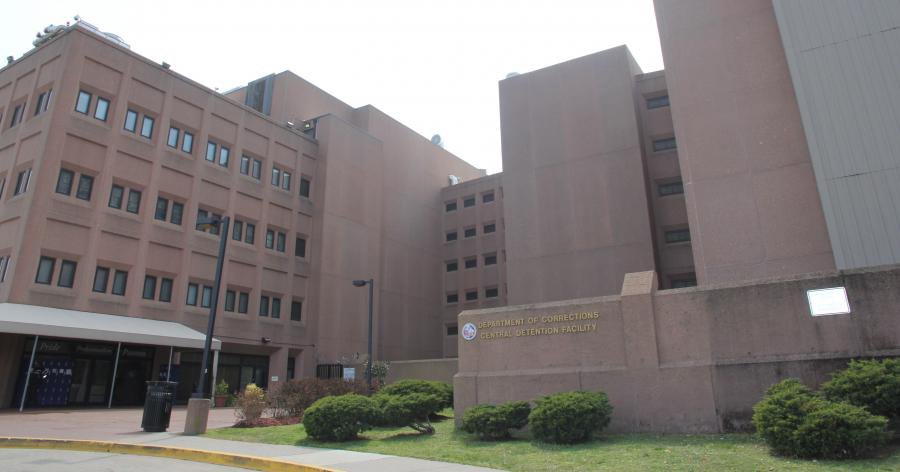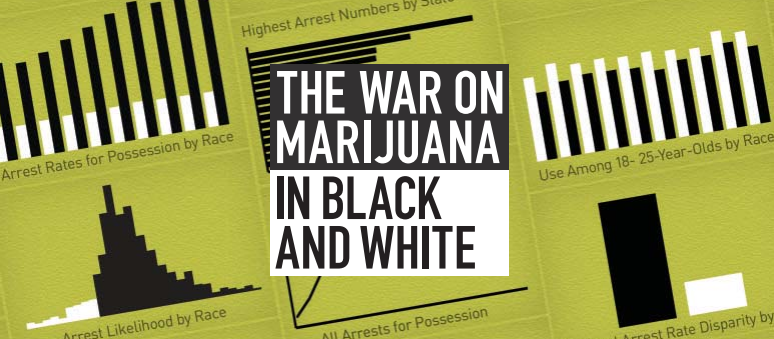In President Biden’s address to Congress Wednesday, he urged the country to work with his administration to “root out systematic racism in our criminal justice system.” As we observe the president’s first 100 days, we have a suggestion that would go a long way towards addressing systemic racism in D.C.’s criminal justice system. And it doesn’t even require an act of Congress.
On February 6, 2019, then-United States Attorney for the District of Columbia, Jessie K. Liu, announced a new initiative: the U.S. Attorney’s Office would begin bringing certain gun cases, known as “felon-in-possession” cases, in federal court rather than the local D.C. Superior Court. On the surface, charging crimes in one court over the other may appear to be just a technical quirk of D.C.’s governance, which gives federal prosecutors authority over both federal and local crimes. But federal prosecutors’ decision to move local crimes out of local courts came with far more nefarious consequences.
When prosecutors take cases to federal court, it isn’t just a different building—it’s a different law altogether. In practice, the federal felon-in-possession law subjects individuals to harsher sentences on average than its D.C. counterpart. From July 2017 to July 2018, the median sentence for a felon-in-possession charge in D.C. Superior Court was two years—a number that fell to 16 months after the D.C. Sentencing Commission amended how it calculated sentences for felon-in-possession cases. By contrast, the average sentence in federal court is nearly 5 1/2 years—four times more than D.C. courts. Add in the fact that individuals charged in federal court are also more likely to be detained before trial, and the difference comes into sharp focus: get charged in federal court, spend more time in cells.
The U.S. Attorney’s felon-in-possession policy is an intentional maneuver around D.C. policies on incarceration. In the past few years, the D.C. Council and residents have pushed to reduce the incarcerated population, including through legislation like the Incarceration Reduction Amendment Act (allowing youth offenders who have served 20 years to request a sentence reduction), the Youth Rehabilitation Act (permitting judges to waive some mandatory minimums), and the Second Look Amendment Act (further expanding the category of individuals who can request a sentence reduction). These shifts reflect D.C.’s divesting from incarceration as a solution to violence. The U.S. Attorney’s Office has fought this shift every step of the way.
The U.S. Attorney’s Office was the lone dissenting vote when the D.C. Sentencing Commission voted in 2018 to change how sentences for felon-in-possession cases were calculated and thereby reduce sentences in D.C. court. D.C. judges, attorneys, and residents were all in favor. Rather than accept the clear wishes of District authorities and residents, the U.S. Attorney’s Office instead announced their new charging policy, moving cases out of D.C. courts into federal courts where they are not bound by D.C.’s sentencing guidelines and laws.
Many D.C. leaders opposed the federal government’s end-run around local policies. D.C. Attorney General Karl Racine came out strongly against the new charging policy, stating that it “intentionally sidesteps our local courts, thus denying offenders the benefits of [D.C.] reforms, and reverts to a failed federal tough-on-crime approach.” The D.C. Council called for the policy to be “immediately abandon[ed.]” But local lawmakers and community members have no authority to change the policy, because the U.S. Attorney is appointed by the President and confirmed by the Senate—where D.C. residents have no representation. Thus, D.C.’s years-long efforts to reduce overincarceration were ignored, in one fell swoop, by an unelected federal official.
From the outset, the effect of the policy was to impose longer sentences on Black defendants. In D.C., Black people make up around 47 percent of the District’s population but 97 percent of those charged with being a felon in possession. And the policy was even worse than it appeared, because the U.S. Attorney’s Office targeted Black residents. Despite having initially presented it publicly as a District-wide policy, federal prosecutors later stated in a court filing that it was only implemented in police districts 5, 6, and 7, three majority-Black districts in D.C. —While Black people make up only 7.53 percent of residents in police district 2, for example, they make up 92.79 percent of residents in police district 6. The move was so egregious, the U.S. Attorney’s Office’s own Black prosecutors opposed it.
In September 2020, after the geographic focus became public, the U.S. Attorney’s Office ended that focus and began applying the policy throughout the District. But the Office refused to end the policy outright, despite the outcry. Even after a change in administration, the U.S. Attorney’s Office, now led by President Biden’s appointee Channing Phillips, again refused to end the policy.
It is past time for the U.S. Attorney’s Office to end its felon-in-possession policy, one that has been tainted from the start by racially disparate effects and (initially secret) racist geographic targeting, and which continues to harm the people of D.C. Beyond that, the fact that an unelected federal official can even make these decisions about local criminal prosecutions underscores that, in D.C., a city with a plurality Black population, statehood is a racial justice issue. Days after taking office, President Biden committed to fighting mass incarceration and the “significant costs and hardships” it causes. Incarceration, his order stated, “does not make us safer.” D.C. residents and lawmakers know this. It is why they have shifted to reducing incarceration, including through legislation that federal prosecutors continue to flout by applying this policy.
The continued use of this policy subjects Black people in D.C. to harsher sentences, and does so against the explicit wishes of local leaders and residents. It is a slap in the face of their efforts and must be ended now.
Date
Thursday, April 29, 2021 - 3:15pmFeatured image



